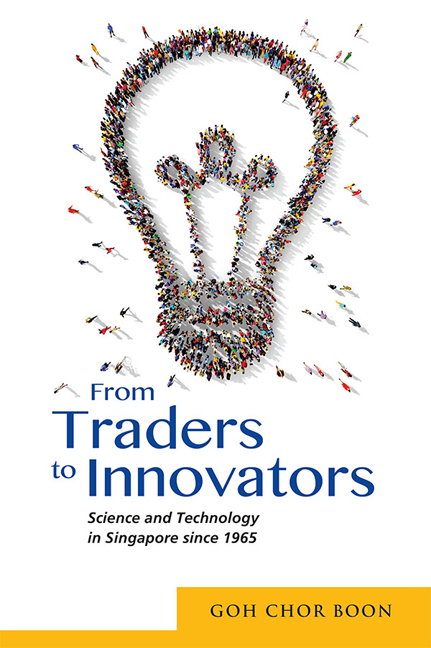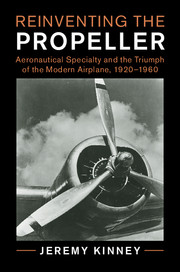Refine search
Actions for selected content:
12661 results in History of science
2 - The Beginning
-
- Book:
- The Grand Designers
- Published online:
- 27 April 2018
- Print publication:
- 22 March 2018, pp 10-43
-
- Chapter
- Export citation
5 - Design for Speed
-
- Book:
- The Grand Designers
- Published online:
- 27 April 2018
- Print publication:
- 22 March 2018, pp 116-155
-
- Chapter
- Export citation
1 - Introduction
-
- Book:
- The Grand Designers
- Published online:
- 27 April 2018
- Print publication:
- 22 March 2018, pp 1-9
-
- Chapter
- Export citation
4 - Products of the First Design Revolution
-
- Book:
- The Grand Designers
- Published online:
- 27 April 2018
- Print publication:
- 22 March 2018, pp 68-115
-
- Chapter
- Export citation

Cometography
- A Catalog of Comets
-
- Published online:
- 04 July 2017
- Print publication:
- 20 April 2017

Unhastening Science
- Autonomy and Reflexivity in the Social theory of Knowledge
-
- Published by:
- Liverpool University Press
- Published online:
- 04 July 2017
- Print publication:
- 31 December 2003
-
- Book
- Export citation

From Traders to Innovators
- Science and Technology in Singapore since 1965
-
- Published by:
- ISEAS–Yusof Ishak Institute
- Published online:
- 19 May 2017
- Print publication:
- 27 October 2016

Reinventing the Propeller
- Aeronautical Specialty and the Triumph of the Modern Airplane
-
- Published online:
- 20 April 2017
- Print publication:
- 24 March 2017
Acknowledgments
-
- Book:
- Cometography
- Published online:
- 04 July 2017
- Print publication:
- 20 April 2017, pp xii-xiv
-
- Chapter
- Export citation
Copyright page
-
- Book:
- Cometography
- Published online:
- 04 July 2017
- Print publication:
- 20 April 2017, pp iv-iv
-
- Chapter
- Export citation
Introduction
-
- Book:
- Cometography
- Published online:
- 04 July 2017
- Print publication:
- 20 April 2017, pp vii-xi
-
- Chapter
- Export citation
Person index
-
- Book:
- Cometography
- Published online:
- 04 July 2017
- Print publication:
- 20 April 2017, pp 828-842
-
- Chapter
- Export citation
Contents
-
- Book:
- Cometography
- Published online:
- 04 July 2017
- Print publication:
- 20 April 2017, pp v-vi
-
- Chapter
- Export citation
Appendices
-
- Book:
- Cometography
- Published online:
- 04 July 2017
- Print publication:
- 20 April 2017, pp 824-827
-
- Chapter
- Export citation
Comet designation index
-
- Book:
- Cometography
- Published online:
- 04 July 2017
- Print publication:
- 20 April 2017, pp 843-845
-
- Chapter
- Export citation
Appendix 2 - Periodical and book abbreviations
-
- Book:
- Cometography
- Published online:
- 04 July 2017
- Print publication:
- 20 April 2017, pp 827-827
-
- Chapter
- Export citation
Cometography: A Catalog of Comets
-
- Book:
- Cometography
- Published online:
- 04 July 2017
- Print publication:
- 20 April 2017, pp 1-823
-
- Chapter
- Export citation
Appendix 1 - Uncertain objects
-
- Book:
- Cometography
- Published online:
- 04 July 2017
- Print publication:
- 20 April 2017, pp 824-826
-
- Chapter
- Export citation

Beriberi in Modern Japan
- The Making of a National Disease
-
- Published by:
- Boydell & Brewer
- Published online:
- 08 April 2017
- Print publication:
- 15 December 2012
A Note on Terms
-
- Book:
- Reinventing the Propeller
- Published online:
- 20 April 2017
- Print publication:
- 24 March 2017, pp xxi-xxii
-
- Chapter
- Export citation
